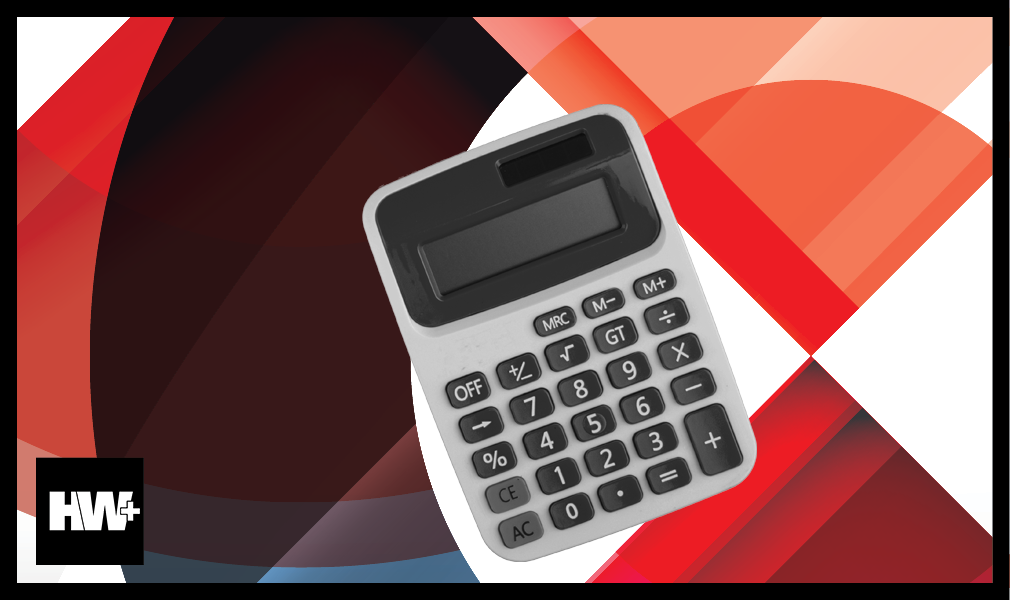
Standards for home loans are tightening by the hour as companies like United Wholesale Mortgage, the nation’s largest wholesale lender, beef up rules to ward off early defaults from people losing jobs because of the COVID-19 pandemic.
“I get as many as 10 emails a day from companies announcing new overlays – mostly for re-verification of employment,” said Mark Goldman, a loan officer with C2 Financial in San Diego. “All the lenders want to make sure borrowers are still working and still have cash flow.”
Almost 14 million Americans have filed for unemployment in the last two weeks after businesses were closed and workers told to stay at home by states scrambling to reduce the spread of COVID-19. That record number doesn’t include people who lost their jobs and have been unable to get through to overwhelmed state employment offices to make a benefit claim.
As lenders tightened standards, an index measuring the availability of mortgage credit in March crashed to the lowest level since June 2015, led by a pull-back in jumbo and non-QM lending, the Mortgage Bankers Association said in a Thursday report.
MBA’s Mortgage Credit Availability Index fell 16% led by a 24% plunge in jumbo and non-QM mortgages. A drop in the index means rules are stricter and mortgages are harder to get.
So far, the hit hasn’t been as bad for mortgages backed by Fannie Mae and Freddie Mac. The index measuring the availability of conforming loans dipped 2.7%.
But that doesn’t mean lenders aren’t being more careful with those loans. Many now require re-verification of employment within 24 hours of closing, and some are asking borrowers to sign an affidavit saying they have not been notified of a pending layoff or income reduction.
In addition to stricter verification of information, there are overlays and more overlays, said Goldman. Those are standards set by lenders or wholesalers that are higher than those set by securitizers like Fannie Mae and Freddie Mac.
Overlays are aimed at protecting lenders who will be forced to buy back any mortgages that go into default or forbearance within the first one to three payments. That’s part of the deal they sign when they transfer eligible loans to middlemen who sell to companies who package them into bonds that are sold to investors.
Some of the new overlays being announced by lenders take effect immediately. Some go into effect in coming weeks and don’t impact loans set to close in coming days.
“I’m hearing nightmares – everyone in the lending industry is hearing these stories – of people who sign a mortgage and the next day call to ask about forbearance,” said Goldman. “Some people seem to be getting a message from the government that you don’t have to pay your mortgage anymore.”
Mark Calabria, the director of the Federal Housing Finance Agency, tried to refute that false message in an interview with HousingWire this week.
While the CARES Act passed by Congress last week allows up to 12 months of forbearance for people who lose income because of the pandemic, borrowers have to prove they qualify, he said.
As part of the relief bill, unemployment insurance was beefed up to a level lawmakers expected would fully replace lost salaries, meaning those people won’t qualify for forbearance, Calabria said.
So far, less than 2% of borrowers with GSE mortgages have requested forbearance, Calabria said. That share likely will stay below 10%, he said.
Even for those who do qualify, it’s not a mortgage holiday, which implies debt forgiveness. Forbearance means you still pay, but you pay later.
“There’s been a lot of misperception and miscommunication out there,” Calabria said. “This isn’t a holiday. Everybody’s not eligible.”
That forbearance chatter is creating confusion that is adding to the nervousness of lenders.
“I hear this commentary out there that says everybody gets a year,” Calabria said. “That’s not true.”
To ease their anxiety about originating new loans, some lenders are requiring applicants who have high debt levels to have better credit scores and additional months of cash reserves in the bank. And, many self-employed borrowers are seeing underwriters reduce their qualifying income level by 25%, Goldman said.
In normal times, people are allowed to use overtime and bonuses as part of their income qualification, as long as they have a two-year history. Now, some lenders are saying they won’t count that income.
And, many lenders are not counting income from rental properties, especially in areas considering rent freezes and eviction moratoriums. If that income is used, some are requiring proof that mortgage applicants have six months reserves for those buildings.
In many cases, minimum credit scores for loans backed by the Federal Housing Administration and the Veterans Administration have been moved up to 660.
“Lenders are making credit criteria changes to account for the increased likelihood of forbearance and defaults, as well as higher costs,” said Joel Kan, MBA associate vice president of economic and industry forecasting.
The new standards aren’t going away overnight, even if states begin lifting their stay-at-home orders, said FHFA’s Calabria.
“There’s a wide range of possible outcomes for the housing market over the next six months,” he said. “Given that uncertainty, I certainly think it’s appropriate for people to re-examine their underwriting standards.”





